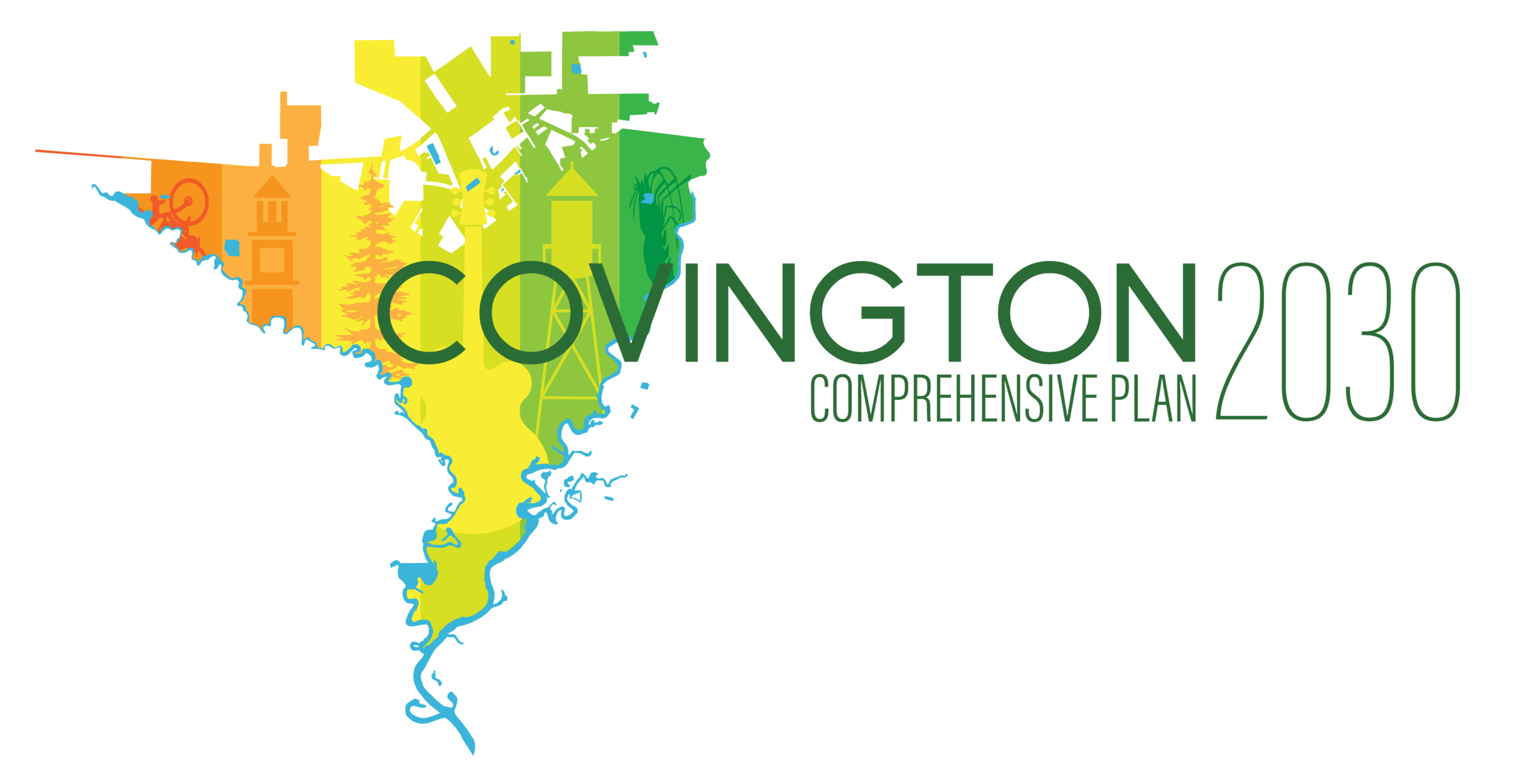About Covington
History
From the Covington Business Association:
…As the Parish (county) seat since 1829, Covington was the center of commerce, industry and government on the Northshore for many years. The area's principle industries included lumber and related pine products, brick production and agriculture. Goods were transported via the Bogue Falaya River from the Columbia St. Landing across Lake Pontchartrain to New Orleans. Tourism became popular at the turn of the century. People believed in the medicinal powers of the ozone waters of the Northshore and visited hotels in Covington to bathe and partake of "the cure" as it had been dubbed during a yellow fever outbreak in New Orleans in 1878. In 1891 Covington was named "THE MOST HEALTHY PLACE IN THE UNITED STATES" (taken from the book St. Tammany Parish, by Frederick S. Ellis) due to the low number of deaths per population recorded in the 1890 census. It is notable that these healthy people voted against secession in 1860. St. Tammany Parish delegates voted no to secession at the state legislature's convention. By the time Civil War was declared, eight national flags had flown over St. Tammany Parish. The railroad arrived in 1887, and the first telephones were installed in 1884….

